This week hundreds of museums across the United Kingdom and Europe are participating in Twitter’s first Museum Week campaign. Each day during this week is associated with a hashtag, from #DayInTheLife to #MuseumMemories, all intended to hit on various delightful aspects of the museum world. Today’s hashtag, #AskTheCurator is an opportunity to engage with museum experts. But for those who prefer to engage with experts the classic way — by way of their books — we have curated a collection of some of our Museum Studies titles in the following gallery.
_______________________________________
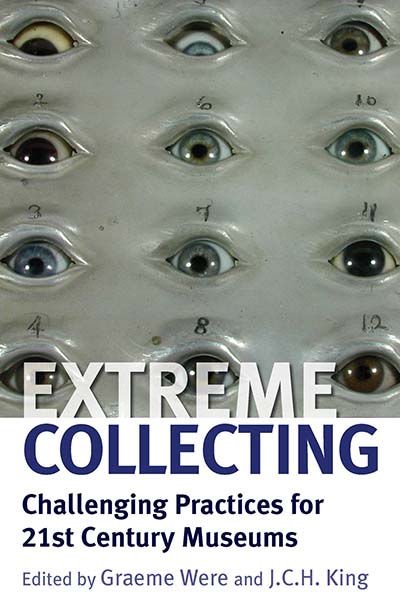 EXTREME COLLECTING
EXTREME COLLECTING
Challenging Practices for 21st Century Museums
Edited by Graeme Were and J. C. H. King
By exploring the processes of collecting, which challenge the bounds of normally acceptable practice, this book debates the practice of collecting ‘difficult’ objects, from a historical and contemporary perspective; and discusses the acquisition of objects related to war and genocide, and those purchased from the internet, as well as considering human remains, mass produced objects and illicitly traded antiquities. Much of the book engages with the question of the limits to the practice of collecting as a means to think through the implementation of new strategies.
____________________________________________
COLONIAL COLLECTING AND DISPLAY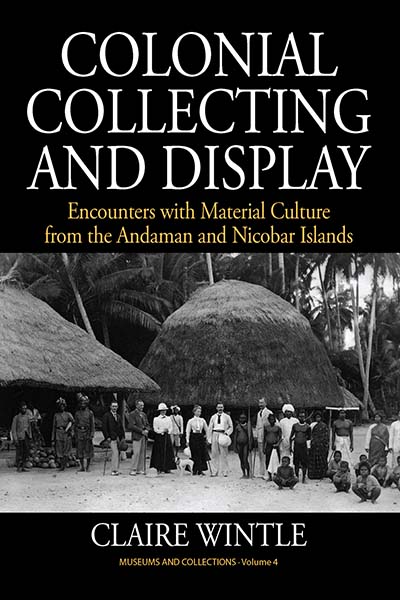
Encounters with Material Culture from the Andaman and Nicobar Islands
Claire Wintle
Colonial Collecting and Display follows the compelling history of a particular set of such objects, tracing their physical and conceptual transformation from objects of indigenous use to accessioned objects in a museum collection in the south of England. This first study dedicated to the historical collecting and display of the Islands’ material cultures develops a new analysis of colonial discourse, using a material culture-led approach to reconceptualize imperial relationships between Andamanese, Nicobarese, and British communities, both in the Bay of Bengal and on British soil.
___________________________
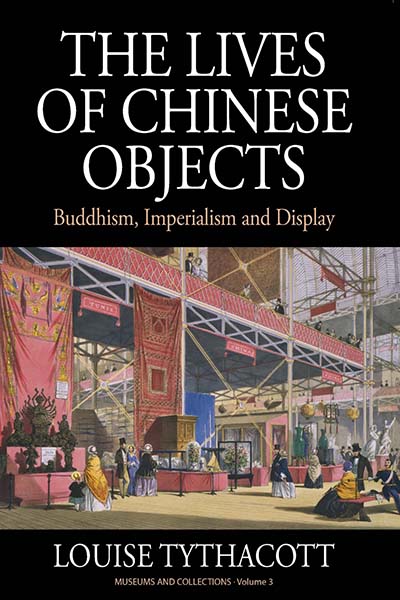 THE LIVES OF CHINESE OBJECTS
THE LIVES OF CHINESE OBJECTS
Buddhism, Imperialism and Display
Louise Tythacott
This is the biography of a set of rare Buddhist statues from China. Their extraordinary adventures take them from the Buddhist temples of fifteenth-century Putuo – China’s most important pilgrimage island – to their seizure by a British soldier in the First Opium War in the early 1840s, and on to a starring role in the Great Exhibition of 1851. In the 1850s, they moved in and out of dealers’ and antiquarian collections, arriving in 1867 at Liverpool Museum. Here they were re-conceptualized as specimens of the ‘Mongolian race’ and, later, as examples of Oriental art.
____________________________________
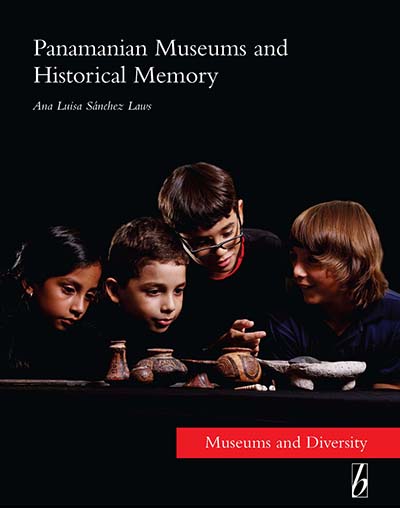 PANAMANIAN MUSEUMS AND HISTORICAL MEMORY
PANAMANIAN MUSEUMS AND HISTORICAL MEMORY
Ana Luisa Sánchez Laws
Panama is an ethnically diverse country with a recent history of political conflict which makes the representation of historical memory an especially complex and important task for the country’s museums. This book studies new museum projects in Panama with the aim of identifying the dominant narratives that are being formed as well as those voices that remain absent and muted. Through case analyses of specific museums and exhibitions the author identifies and examines the influences that form and shape museum strategy and development.
_______________________________
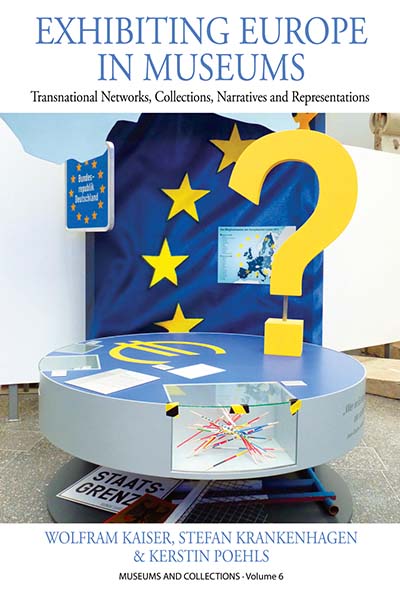 EXHIBITING EUROPE IN MUSEUMS
EXHIBITING EUROPE IN MUSEUMS
Transnational Networks, Collections, Narratives, and Representations
Translated from the German
Wolfram Kaiser, Stefan Krankenhagen and Kerstin Poehls
This book investigates how museums exhibit Europe. Based on research in nearly 100 museums across the Continent and interviews with cultural policy makers and museum curators, it studies the growing transnational activities of state institutions, societal organizations, and people in the museum field such as attempts to Europeanize collection policy and collections as well as different strategies for making narratives more transnational like telling stories of European integration as shared history and discussing both inward and outward migration as a common experience and challenge.
__________________________
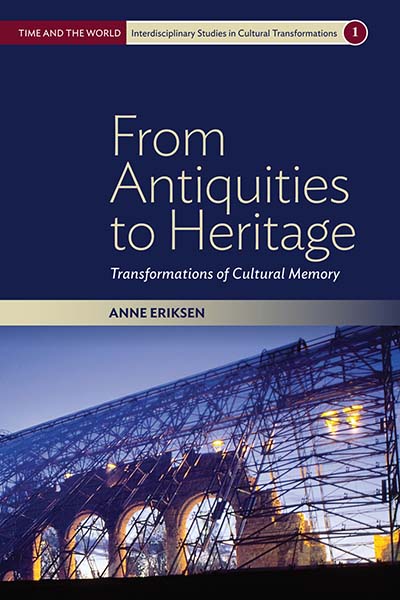 FROM ANTIQUITIES TO HERITAGE
FROM ANTIQUITIES TO HERITAGE
Transformations of Cultural Memory
Anne Eriksen
Eighteenth-century gentleman scholars collected antiquities. Nineteenth-century nation states built museums to preserve their historical monuments. In the present world, heritage is a global concern as well as an issue of identity politics. What does it mean when runic stones or medieval churches are transformed from antiquities to monuments to heritage sites? This book argues that the transformations concern more than words alone: They reflect fundamental changes in the way we experience the past, and the way historical objects are assigned meaning and value in the present.
_____________________________
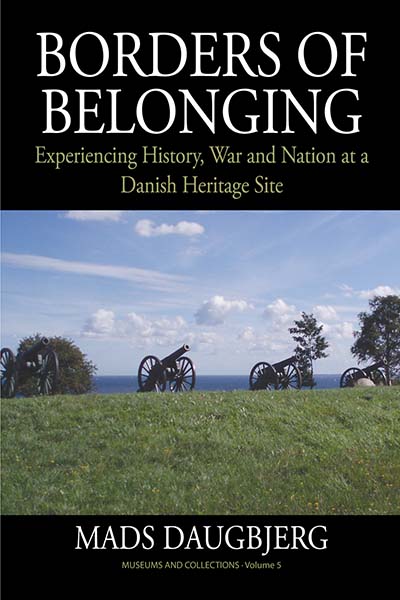 BORDERS OF BELONGING
BORDERS OF BELONGING
Experiencing History, War and Nation at a Danish Heritage Site
Mads Daugbjerg
This book explores how such struggles unfold in practice at a highly symbolic battlefield site in the Danish/German borderland. Comprised of an ethnography of two profoundly different institutions – a conventional museum and an experience-based heritage center – it analyses the ways in which staff and visitors interfere with, relate to, and literally “make sense” of the war heritage and its national connotations. Borders of Belonging offers a comparative, in-depth analysis of the practices and negotiations through which history is made and manifested at two houses devoted to the interpretation of one event: the decisive battle of the 1864 war in which Otto von Bismarck, on his way to uniting the new German Empire, led the Prussian army to victory over the Danish.
___________________________________
DISTRIBUTED OBJECTS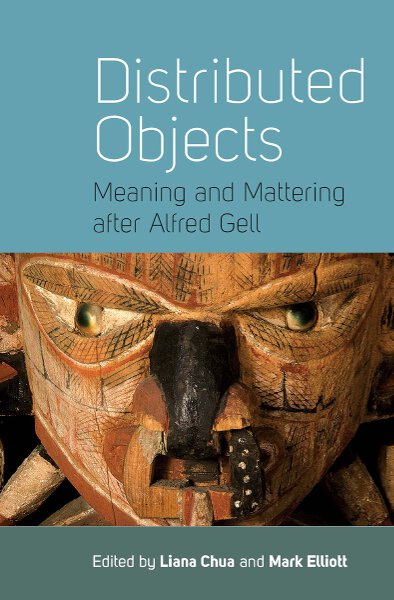
Meaning and Mattering after Alfred Gell
Edited by Liana Chua and Mark Elliott
One of the most influential anthropological works of the last two decades, Alfred Gell’s Art and Agency is a provocative and ambitious work that both challenged and reshaped anthropological understandings of art, agency, creativity and the social. It has become a touchstone in contemporary artifact-based scholarship. This volume brings together leading anthropologists, archaeologists, art historians and other scholars into an interdisciplinary dialogue with Art and Agency, generating a timely re-engagement with the themes, issues and arguments at the heart of Gell’s work, which remains salient, and controversial, in the social sciences and humanities.
____________________________
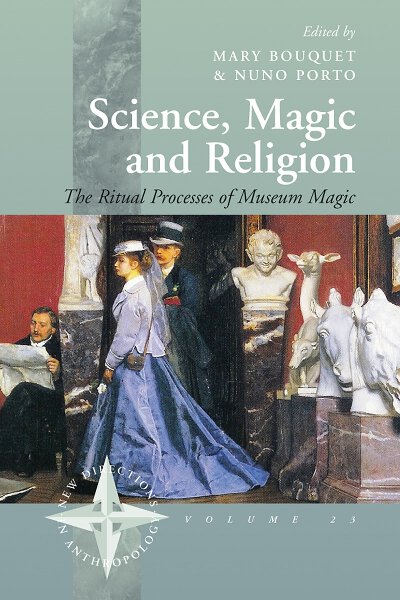 SCIENCE, MAGIC AND RELIGION
SCIENCE, MAGIC AND RELIGION
The Ritual Processes of Museum Magic
Edited by Mary Bouquet and Nuno Porto
For some time now, museums have been recognized as important institutions of western cultural and social life. The idea of the museum as a ritual site is fairly new and has been applied to the art museums in Europe and the United States so far. This volume expands it by exploring a range of contemporary museums in Europe and Africa. The case studies examine the different ways in which various actors involved in cultural production dramatize and ritualize such sites.
________________________________
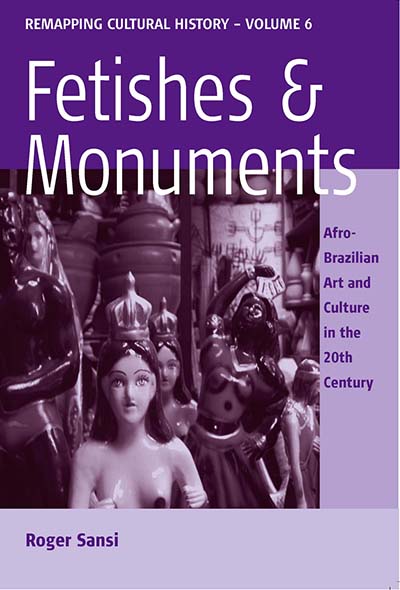 FETISHES AND MONUMENTS
FETISHES AND MONUMENTS
Afro-Brazilian Art and Culture in the 20th Century
Roger Sansi
One hundred years ago in Brazil the rituals of Candomblé were feared as sorcery and persecuted as crime. Its cult objects were fearsome fetishes. Nowadays, they are Afro-Brazilian cultural works of art, objects of museum display and public monuments. Focusing on the particular histories of objects, images, spaces and persons who embodied it, this book portrays the historical journey from weapons of sorcery looted by the police, to hidden living stones, to public works of art attacked by religious fanatics that see them as images of the Devil, former sorcerers who have become artists, writers, and philosophers.
_________________________________
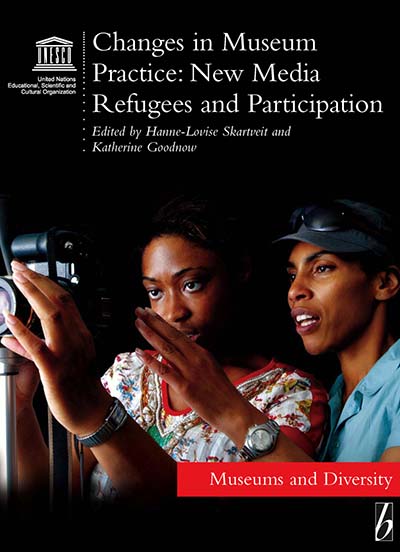 CHANGES IN MUSEUM PRACTICE
CHANGES IN MUSEUM PRACTICE
New Media, Refugees and Participation
Edited by Hanne-Lovise Skartveit and Katherine Goodnow
How can museums move beyond simply raising awareness and establish a dialogue both within and across communities and cultural boundaries? By examining the ways in which museums can involve refugees and asylum seekers this volume explores this key question. Leading artists, curators, and academics come together to outline different levels of participation by audiences and communities and explore a range of topics from video games to role-play and theatre; and from photography to participatory video and digital storytelling.
____________________________________
